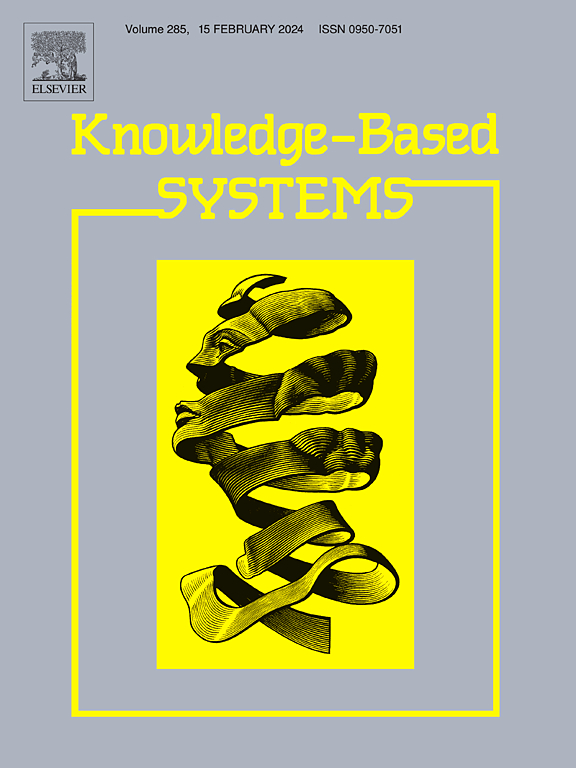A multitask learning network with interactive fusion for surgical instrument segmentation
IF 7.2
1区 计算机科学
Q1 COMPUTER SCIENCE, ARTIFICIAL INTELLIGENCE
引用次数: 0
Abstract
The advent of surgical robots has enhanced the capabilities of minimally invasive surgery by providing surgeons with increased precision, dexterity, and control during operations. Accurate segmentation of surgical instruments in endoscopic images is critical to achieving these goals, as it allows surgical robots to precisely identify the instrument position and orientation, thereby reducing the risk of errors and ensuring safer and more successful procedures. However, the complexity of the surgical environment poses significant challenges to the accurate segmentation of surgical instruments, such as mirror reflections of surgical instruments, instrument occlusions, and motion disturbances. To address these issues, this paper presents an innovative multitask learning network with interactive fusion to increase the automatic segmentation accuracy and robustness of surgical instruments in endoscopic images during minimally invasive surgeries. Specifically, to effectively handle the diverse lighting conditions and dynamic environments encountered during surgeries, the proposed model leverages a combination of transformer and convolutional neural network (CNN) architectures to effectively extract both the global and local features of surgical instruments. Moreover, to enhance the boundary perception capability of surgical instruments within the context of endoscopic images, the proposed model incorporates an attention-guided multitask learning structure consisting of a main decoder focused on segmenting the instruments and an auxiliary edge decoder aimed at delineating the boundaries of the instruments. In addition, a dual attention enhancement (DAE) block is introduced, which employs attention mechanisms in different directions to enhance the network’s focus on key features while suppressing irrelevant features. Furthermore, given the diverse nature of surgical tools and their interactions within the surgical site, an atrous pyramid attention (APA) block is introduced to improve the network’s adaptability to the various shapes and sizes of surgical instruments. Experimental evaluations on two surgical instrument datasets demonstrate that the proposed model achieves superior segmentation performance, validating its effectiveness and highlighting its potential to advance the field of robotic-assisted minimally invasive surgery.
求助全文
约1分钟内获得全文
求助全文
来源期刊

Knowledge-Based Systems
工程技术-计算机:人工智能
CiteScore
14.80
自引率
12.50%
发文量
1245
审稿时长
7.8 months
期刊介绍:
Knowledge-Based Systems, an international and interdisciplinary journal in artificial intelligence, publishes original, innovative, and creative research results in the field. It focuses on knowledge-based and other artificial intelligence techniques-based systems. The journal aims to support human prediction and decision-making through data science and computation techniques, provide a balanced coverage of theory and practical study, and encourage the development and implementation of knowledge-based intelligence models, methods, systems, and software tools. Applications in business, government, education, engineering, and healthcare are emphasized.
 求助内容:
求助内容: 应助结果提醒方式:
应助结果提醒方式:


